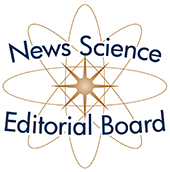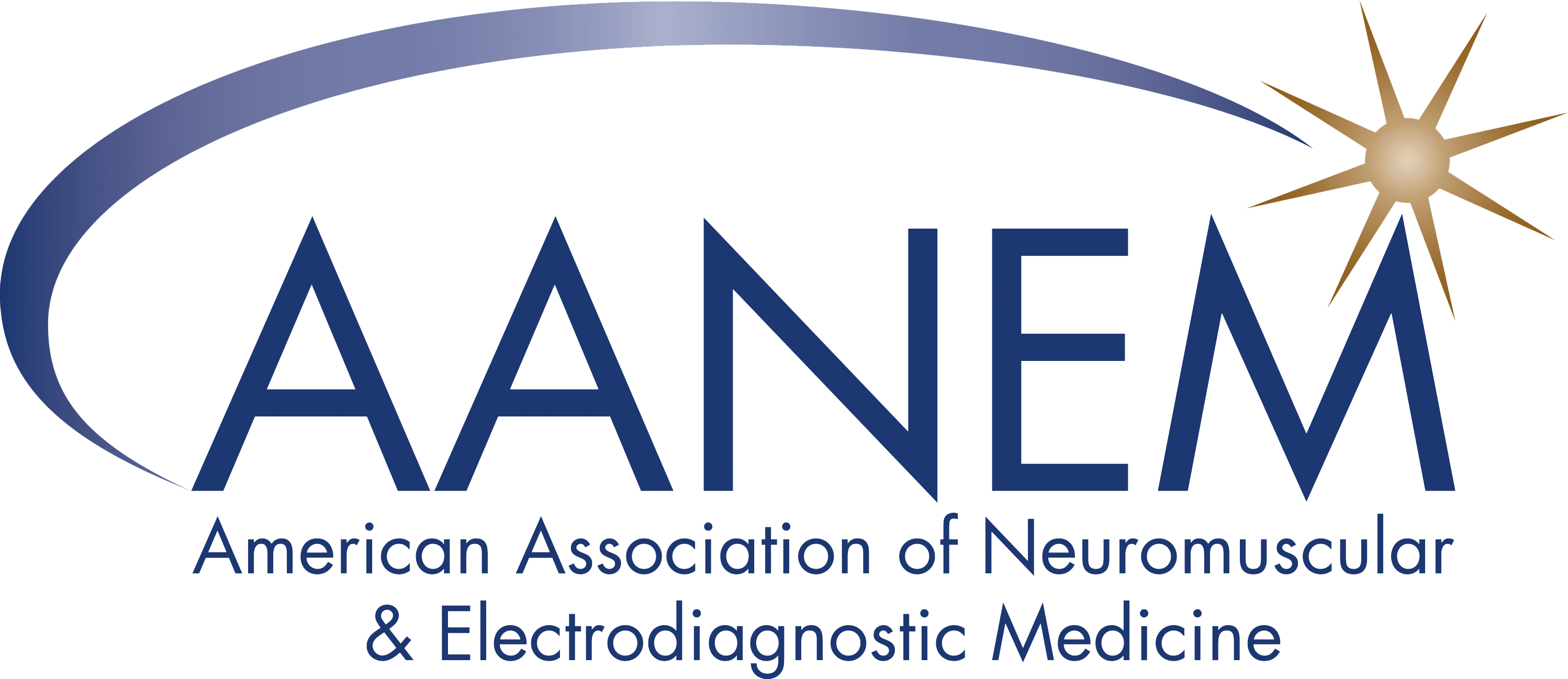Science News: Association Between SARS-CoV-2 Infection and Immune-Mediated Myopathy in Patients Who Have Died
Published January 25, 2022
Education Science News
 Submitted by: Raymond L. Rosales, MD, PhD
Submitted by: Raymond L. Rosales, MD, PhD
Edited by: Sarah Chen, MD
Aschman T, Schneider J, Greuel S, et al. Association between SARS-CoV-2 infection and immune-mediated myopathy in patients who have died. JAMA Neurol. 2021;78(8):948-960. doi:10.1001/jamaneurol.2021.2004
Summary: This is a case-control, postmortem (within 6 days) study in Germany focusing on the skeletal (either deltoid or quadriceps) and cardiac muscle pathology in SARS-CoV-2 patients.
They found that 26 of 43 individuals (60%) who had died with a diagnosis of COVID-19 and showed signs of muscle inflammation.
In total, 14 patients (33%) with COVID-19 and 2 control patients (18%) showed creatine kinase levels greater than 1000 U/L.
The muscle pathology showed muscle inflammation (mild to severe myositis), was more pronounced in skeletal than cardiac muscles, and associated with illness chronicity.
Ultrastructural analysis revealed capillary alterations, suggesting ongoing remodeling processes, but not reminiscent of those in dermatomyositis.
In seven patients who died with COVID-19 and clear signs of myositis, known myositis-specific and myositis-associated autoantibodies were not found, except for one sample that showed weakly positive results for anti-Ro52 testing.
None of the patients had relevant titers of myositis-specific autoantibodies.
Sarcolemma MHC class I antigens relevant expression on the was present in 23 of 42 specimens from patients with COVID-19 (55%) and upregulation of MHC class II antigens in 7 of 42 specimens from patients with COVID-19 (17%), but neither were found in any of the controls.
Detection of viral load was low or negative in most skeletal and cardiac muscles. (Immunohistochemistry testing against SARS-CoV-2 spike protein did not yield positive results in skeletal and cardiac muscle specimens that were positive by RT-qPCR).
Authors conclude that SARS-CoV-2 may be associated with a post-infectious, immune-mediated myopathy.
Comments: This is a robust postmortem study that clearly showed that SARS-CoV-2 may be associated with a post-infectious, immune-mediated myopathy.
There are some limitations:
1. In this cohort with COVID-19, only those with severe disease courses with fatal outcomes were included, which limits extrapolation to patients with mild SARS-Cov-2 infections.
2. Data on clinical correlation such as myalgia or muscle weakness prior to death were scarce.
3. It included some cases with patients on steroids, some on Propofol, thus rhabdomyolysis, steroid-induced myopathy, critical illness myopathy could confound the muscle pathology findings. Steroids may also mask the inflammation in the muscles that could have been seen without steroids as well.
Articles of similar interest:
Paliwal VK, Garg RK, Gupta A, Tejan N. Neuromuscular presentations in patients with COVID-19. Neurol Sci. 2020;41(11):3039-3056. doi:10.1007/s10072-020-04708-8
Suh J, Mukerji SS, Collens SI, et al. Skeletal Muscle and Peripheral Nerve Histopathology in COVID-19. Neurology. 2021;97(8):e849-e858. doi:10.1212/WNL.0000000000012344
